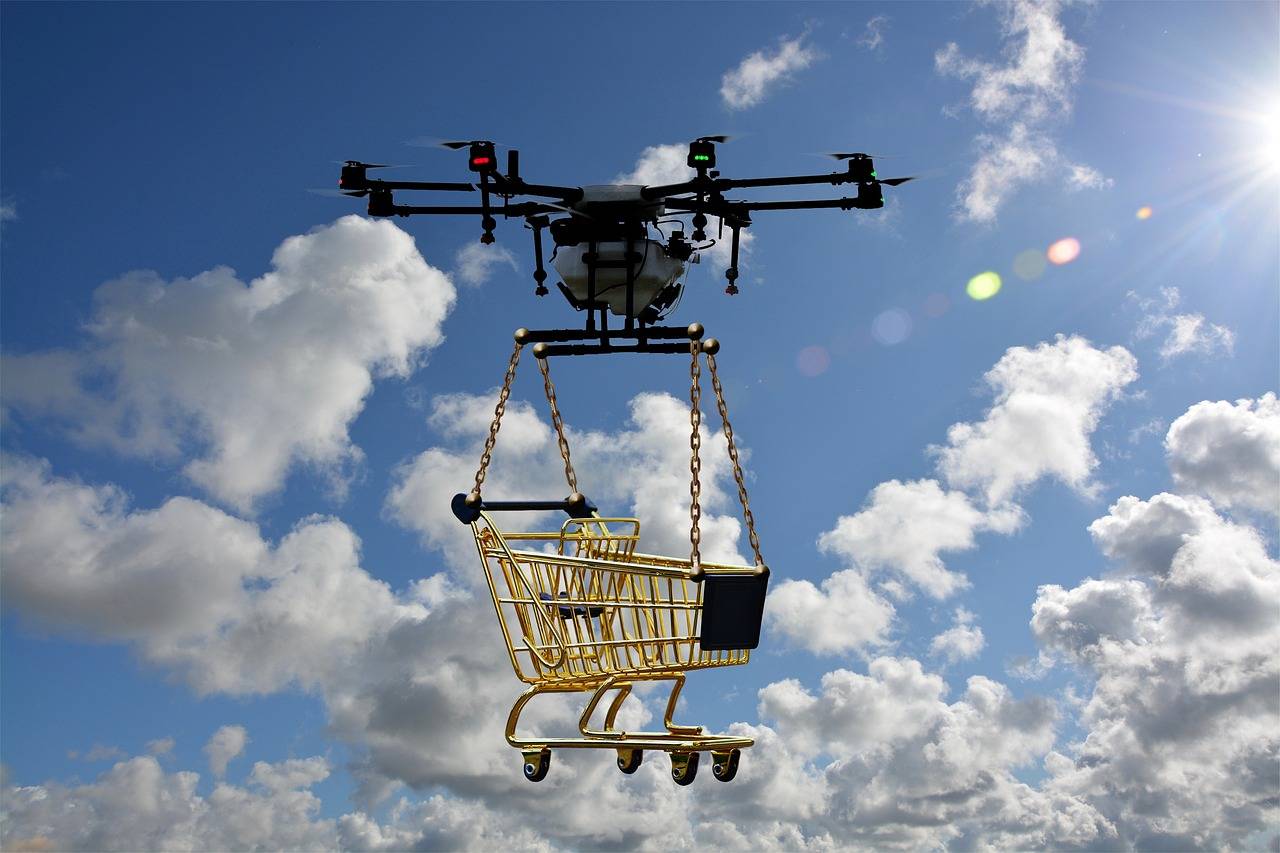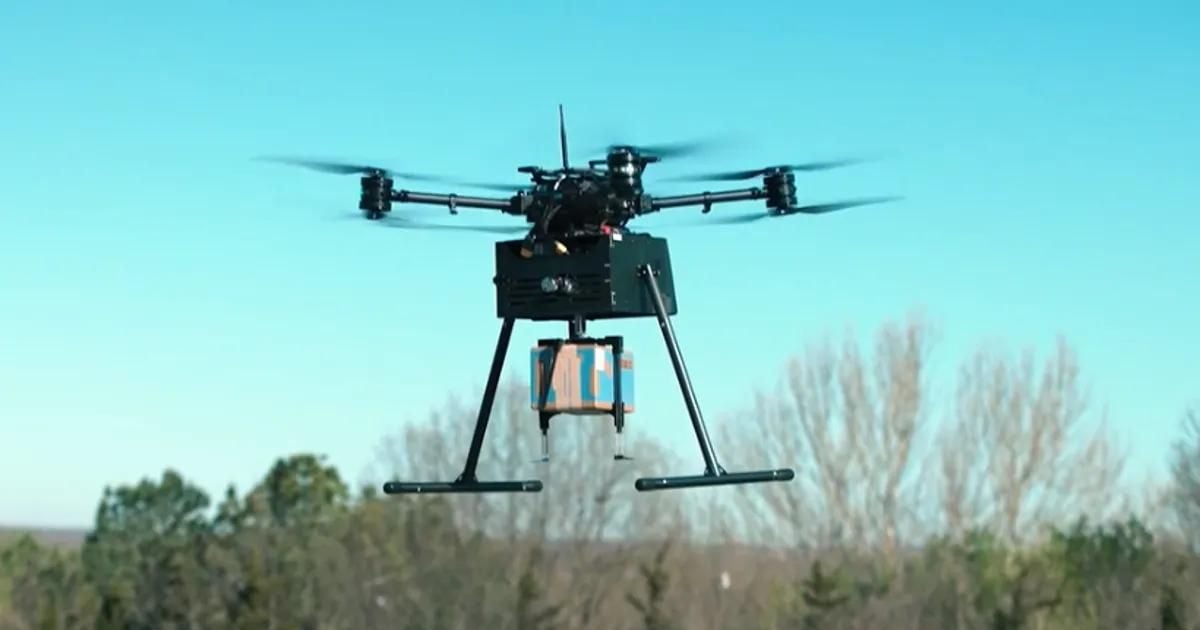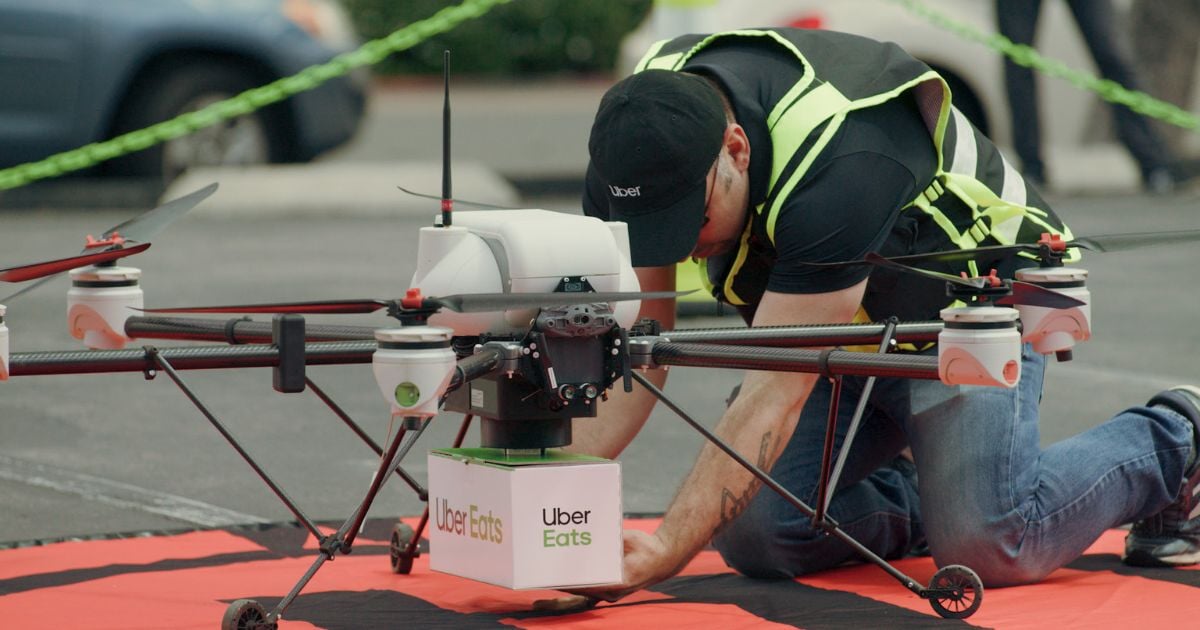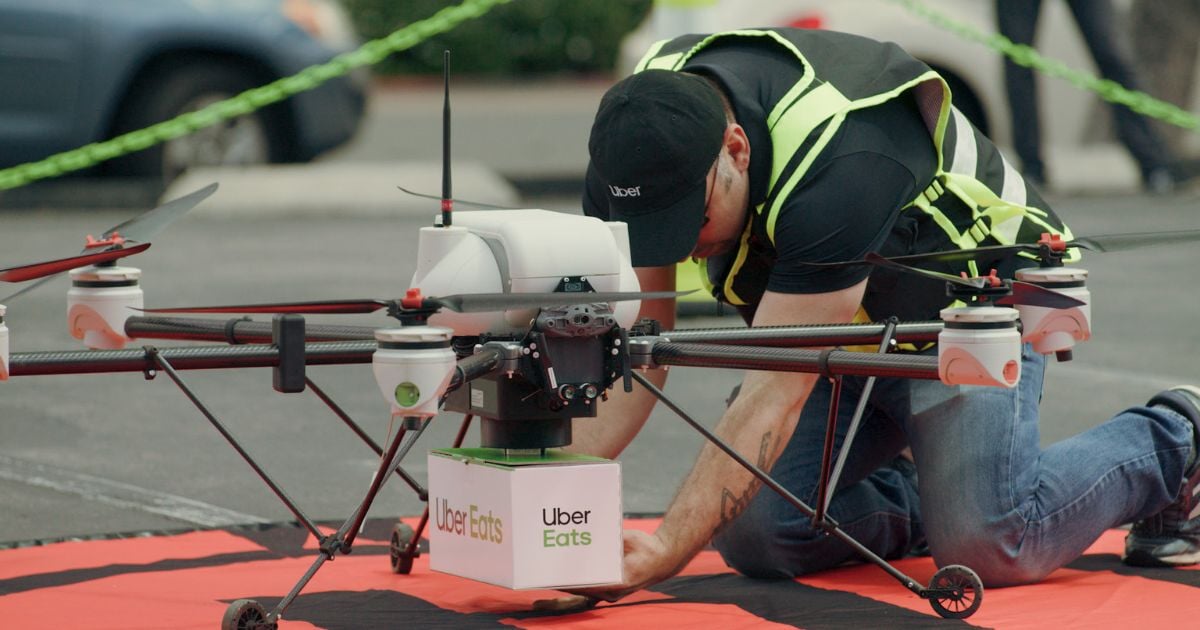Remington drone loads are revolutionizing various industries, from efficient medical supply delivery to innovative commercial applications. This exploration delves into the capabilities of different Remington drone models, their payload capacities, and the diverse applications they support. We’ll examine factors influencing payload limits, safety protocols, regulatory compliance, and essential maintenance procedures. Understanding these aspects is crucial for maximizing the potential of Remington drones while ensuring safe and effective operation.
This comprehensive overview will cover the technical specifications, performance characteristics, and practical considerations for utilizing Remington drones to their full potential, including a detailed look at payload attachment and detachment procedures and troubleshooting common issues.
Remington Drone Models and Payload Capacity
Remington offers a range of drones designed for various payload capacities, catering to diverse operational needs. The choice of drone model depends heavily on the weight and dimensions of the intended payload, as well as the required flight time and range. This section details the specifications of several Remington drone models and analyzes factors influencing their payload capacity.
Remington Drone Model Specifications
The table below provides a comparison of key specifications for selected Remington drone models. Note that these specifications are subject to change based on ongoing technological advancements and model variations.
| Model Name | Maximum Payload (kg) | Dimensions (L x W x H cm) | Battery Life (minutes) |
|---|---|---|---|
| Remington X1 | 5 | 60 x 50 x 20 | 30 |
| Remington X2 | 10 | 80 x 70 x 30 | 25 |
| Remington X3 | 20 | 100 x 90 x 40 | 20 |
Payload Capacity Comparison
Comparing the Remington X1, X2, and X3 models reveals a clear correlation between size, payload capacity, and battery life. The X1, with its smaller size and lighter payload capacity, offers a longer flight time, ideal for tasks requiring extended surveillance or data collection over a smaller area. The X2 provides a balance between payload capacity and flight time, suitable for delivering moderate-sized packages or equipment.
The X3, designed for heavier payloads, has a shorter flight time, making it best suited for shorter-range, high-capacity transport missions.
Factors Influencing Payload Capacity
Several factors contribute to a Remington drone’s payload capacity. Powerful motors are crucial for lifting heavier weights, while advanced battery technology extends flight time with heavier payloads. The airframe design, including its weight and aerodynamic efficiency, also plays a significant role. Lighter, more aerodynamic frames allow for increased payload capacity without sacrificing flight performance.
Applications of Remington Drone Loads
Remington drones find applications across various sectors, utilizing diverse payloads to perform specialized tasks. The following sections highlight some key applications and associated challenges.
Remington Drone Applications and Payloads
- Agriculture: Crop monitoring and spraying using cameras, sensors, and pesticide dispensers.
- Search and Rescue: Locating missing persons using thermal cameras and other specialized sensors.
- Delivery Services: Transporting small packages and medical supplies to remote areas.
- Infrastructure Inspection: Inspecting bridges, power lines, and other infrastructure using high-resolution cameras and sensors.
- Environmental Monitoring: Collecting environmental data using air quality sensors, water quality sensors, and other monitoring equipment.
Medical Supply Delivery in Remote Areas
Delivering medical supplies via Remington drones to remote areas presents both opportunities and challenges. Opportunities include faster delivery times, reduced transportation costs, and improved access to essential medicines. Challenges include navigating challenging terrain, ensuring payload security, and adhering to strict regulatory requirements regarding the transport of medical goods. Successful implementation requires robust communication systems, reliable drone technology, and effective collaboration between drone operators and healthcare providers.
For example, a successful case study involved using Remington drones to deliver vaccines to remote villages in mountainous regions, overcoming difficult road access and ensuring timely immunization.
Innovative Payload Applications, Remington drone loads
Beyond standard applications, Remington drones are being utilized in innovative ways. Examples include using drones equipped with specialized sensors for precision agriculture, enabling farmers to monitor crop health and apply fertilizers or pesticides with pinpoint accuracy. Another example is the use of drones to deliver blood samples from remote clinics to central laboratories, significantly reducing turnaround time for diagnostic testing.
Safety and Regulatory Aspects of Remington Drone Operations
Safe and responsible operation of Remington drones, particularly those carrying heavy payloads, is paramount. This section details essential safety procedures and regulatory considerations.
Safety Procedures for Heavy Payload Operations
- Thorough pre-flight inspections to ensure the drone and payload are secure and stable.
- Careful planning of flight paths to avoid obstacles and ensure safe landing areas.
- Adherence to weather conditions and avoiding flight in adverse weather.
- Maintaining visual line of sight with the drone at all times, or utilizing appropriate remote sensing technologies.
- Regular maintenance and inspection of the drone and payload.
Pre-Flight Inspection Checklist

A comprehensive pre-flight inspection is crucial for ensuring the safety and stability of the payload. This checklist should be followed before each flight.
- Verify payload is securely attached and balanced.
- Inspect drone battery level and ensure sufficient charge.
- Check all motors and propellers for damage or wear.
- Confirm GPS signal is strong and accurate.
- Inspect the drone’s airframe for any damage or defects.
Regulations and Certifications

Commercial operation of Remington drones carrying payloads requires compliance with relevant aviation regulations and obtaining necessary certifications. These regulations vary by country and region and typically cover aspects such as pilot licensing, drone registration, and operational procedures. Failure to comply with these regulations can result in penalties and legal consequences.
Technical Specifications and Performance Characteristics
Understanding the technical specifications and performance characteristics of Remington drones is vital for selecting the appropriate model and optimizing flight operations. This section analyzes flight time, range, and the impact of environmental factors.
Understanding Remington drone load capacities requires considering various factors, including payload weight and distance. A key comparative element is the endurance and payload capabilities of other drone types, such as the shahed drone , which offers insights into the technological landscape. Ultimately, optimizing Remington drone loads hinges on a thorough analysis of these operational parameters and comparisons with similar technologies.
Flight Time and Range Comparison
| Model | Payload Weight (kg) | Flight Time (minutes) | Range (km) |
|---|---|---|---|
| Remington X1 | 5 | 30 | 15 |
| Remington X2 | 10 | 25 | 12 |
| Remington X3 | 20 | 20 | 10 |
Impact of Wind Speed and Altitude
Wind speed and altitude significantly impact the flight performance of Remington drones, especially those carrying heavier payloads. Strong headwinds can reduce range and flight time, while high altitudes can affect battery performance and stability. Operators must consider these factors when planning flights and adjust flight parameters accordingly. For example, a flight planned for a high-altitude region with strong winds might require a larger drone with a more powerful motor and a longer flight time to compensate for these environmental factors.
Understanding the specifics of payload capacity is crucial when considering drone applications. For those interested in the capabilities of Remington drones, a comprehensive resource detailing their various payload options can be found at remington drone loads. This information is essential for planning successful missions and ensuring the right drone is selected for the job, ultimately maximizing the efficiency of Remington drone loads.
Motors and Propellers
Remington drones utilize high-performance brushless motors and aerodynamically designed propellers. The choice of motor and propeller type directly impacts payload capacity and flight efficiency. More powerful motors allow for heavier payloads, while efficient propellers minimize energy consumption, maximizing flight time. Advanced propeller designs, such as those with carbon fiber blades, can further enhance efficiency and reduce noise levels.
Maintenance and Troubleshooting of Remington Drone Payloads
Regular maintenance and troubleshooting are essential for ensuring the safe and reliable operation of Remington drone payloads. This section provides guidance on payload attachment, maintenance, and troubleshooting common issues.
Payload Attachment and Detachment
- Carefully inspect the payload mounting points on both the drone and the payload itself.
- Securely attach the payload using the appropriate locking mechanisms, ensuring a firm and stable connection.
- After attachment, conduct a visual inspection to confirm that the payload is securely fastened and balanced.
- To detach the payload, carefully release the locking mechanisms, ensuring a controlled and safe removal.
- Inspect the payload and drone mounting points for any damage after detachment.
Maintenance Tasks

- Regular cleaning of payload sensors and components (weekly).
- Inspection of payload wiring and connections for damage (monthly).
- Calibration of payload sensors (quarterly).
- Full system check of the payload and its functionality (semi-annually).
Troubleshooting Common Issues
Common issues with Remington drone payloads include malfunctioning sensors, damaged components, and communication problems. Troubleshooting steps typically involve checking connections, replacing faulty components, and recalibrating sensors. Detailed troubleshooting guides are usually available in the drone’s user manual and online support resources.
The utilization of Remington drones and their impressive payload capacities presents significant opportunities across diverse sectors. By understanding the technical specifications, safety protocols, and regulatory frameworks surrounding their operation, we can harness their potential for efficient and innovative solutions. Further advancements in technology and regulatory streamlining will undoubtedly expand the horizons of Remington drone applications, shaping the future of logistics, emergency response, and beyond.
FAQs
What is the average lifespan of a Remington drone battery?
Battery lifespan varies significantly depending on model, usage, and environmental conditions. Consult the specific model’s manual for estimated flight times and battery cycle recommendations.
How do I obtain the necessary certifications to operate a Remington drone commercially?
Commercial drone operation requires specific licenses and certifications. Regulations vary by location; consult your local aviation authority for details on obtaining the necessary permits and complying with all applicable laws.
What are the common causes of payload detachment during flight?
Payload detachment can result from improper attachment, insufficient securing mechanisms, or damage to the payload mounting system. Always adhere to the manufacturer’s instructions for secure payload attachment and conduct thorough pre-flight inspections.
